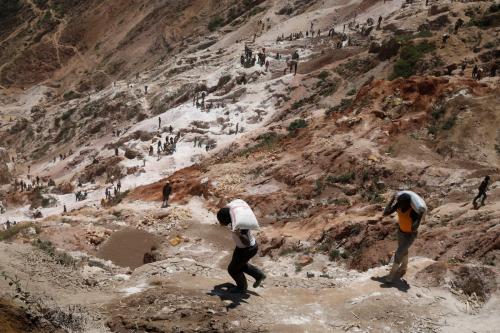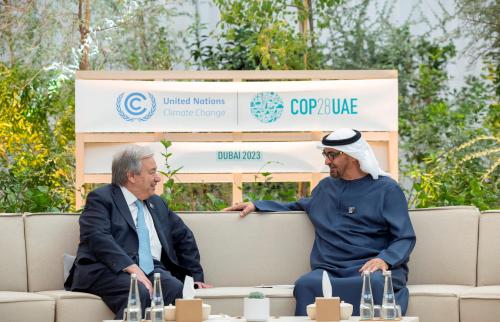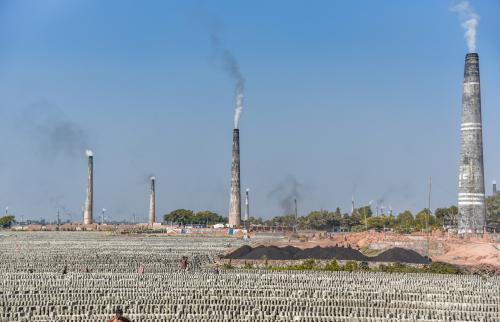While there seems to be growing awareness of the threat of natural disasters – and the role of national governments and international agencies in responding to them – much less attention has been directed toward the potential contributions of regional organizations. And yet these organizations, such as the African Union and the Association of Southeast Asian Nations (ASEAN), are becoming increasingly active players in the world of disaster risk management.
Geographically, regions are likely to face similar natural hazards and environmental threats – a factor which can increase the benefits of technical cooperation in areas such as tsunami early warning systems. They often share similar experiences, cultures and languages, which facilitates collaboration. Regional organizations may not only be able to respond more quickly than international ones, but may also more politically acceptable than those coming from far away. When Cyclone Nargis killed a quarter of a million people in 2008, the government of Myanmar and aid agencies were unable to agree on how international assistance should be provided. It was ASEAN that provided the diplomatic breakthrough and an effective tripartite mechanism that unblocked the logjam. In some regions, there are innovative and effective forms of regional collaboration which might serve as models for other regions. For example, in Central America, the Center for Natural Disaster Prevention in Central America organizes regional training initiatives while in the Caribbean there are joint protocols for the use of military assets for a clearly-defined period after a disaster strikes. The Caribbean Catastrophe Risk Insurance Facility provides emergency liquidity for countries hit by hurricanes or earthquakes and while the amounts are not huge, the more than $7.7 million Haiti received after its 2010 earthquake were the only funds the Haitian government received directly in the initial weeks after the disaster.
Our recently-completed study opens a window into the work of these organizations in the three phases of disaster risk management: disaster risk reduction, response and long-term recovery. In this study, we look at the work of more than 30 regional organizations involved in disaster risk management, drawing comparisons and generalizations about 13 of them through the use of specific indicators.
As might be expected, we find that regional organizations are a varied group with differing capacities, experiences, and expectations. In some cases, regional bodies are already playing important roles in disaster risk management. In other cases, sub-regional initiatives have been limited by political differences in the region. International initiatives such as the UN’s International Strategy for Risk Reduction have played important roles in supporting the development of regional platforms for mitigating the risks of natural hazards. Regional cooperation between military forces can facilitate a coordinated response when disasters do occur. There has been much less regional involvement in long-term recovery and reconstruction efforts.
As we consider the probability that climate change is likely to lead to both more frequent and more severe disasters, it is important to consider ways of strengthening all actors’ engagement in disaster risk management, including regional bodies. But there may be other positive consequences to enhancing regional cooperation in disasters. At the level of global governance, regional initiatives are multiplying like wildfires. As Louise Fawcett argues, “the regional momentum has proved unstoppable, constantly extending into new and diverse domains.” Perhaps by working together to confront the threat of natural hazards, regional organizations can become more effective actors in related areas such as water management, land use, and migration. And by providing a way to respond jointly to common threats, regional organizations may also contribute to a more peaceful and collaborative world.



Commentary
Looking at the Neighborhood: Regional Organizations and Disasters
February 28, 2013